Day Whatever - Things Break but There's Thanksgiving
Thanksgiving, and we're back from the great monarch adventure...
Although I wrote most of this post on the road, lack of internet and electricity kept me from finishing until now, so I'll cover several points from the last two or three weeks. Some reconstruction ahead.
Nov. 16th - So says a receipt in my pocket, acquired after writing most of this passage. One week after election day.
I think part of living long enough to claim adulthood is to embrace the truth that everything's broken or in the process of breaking. Bob Dylan said it and I affirm it. Here he goes, from 'Oh Mercy,' that lovely and underappreciated Daniel Lanois-produced album from 1989:
Broken bottles broken plates Broken switches broken gates Broken dishes broken parts Streets are filled with broken hearts Broken words never meant to be spoken Everything is broken.
Seem like every time you stop and turn around Something else just hit the ground
I'm sitting in a car dealership sipping wifi while they change the truck's oil and I race against my bluetooth keyboard's last remaining battery charge. Last remaining because my keyboard, like many delicate things I've forced to travel a long, bumpy road, has received a blow from which won't recover. For the moment though, in spite of its busted charging port, I have juice to blog.
What can I say now, though, thirty-odd days into our adventure? With the bulk of our beautiful trip complete, we now return north to cold weather in a world that just shifted on its axis. Funny. The broken keyboard just spelled out 'shitted on its axis' before I corrected the typo. Fair enough.
On Election Day

By way commentary on the election, I'll let Dorothy's morning-after statement lead off because no one can call too much foul on preschooler politics: "Let's not make breakfast because Donald Trump might come and eat it all up!" I guess she has the gist of it. We're still trying to convince Dorothy that we didn't vote for Trump. The idea of majority is a tough sell to an egocentrist under the clearest circumstances. Here's us trying to explain it to her:
When two people want to go out for sushi and one person wants to go out for pizza, you have two votes against one, and two's more than one so everyone goes out to sushi. Right? Even though mommy and I voted for Hilary Clinton, a lot more people voted for Trump than... well actually... Hm.
So, I'll wait on explaining the electoral college. I'll also wait on explaining the full reasons for my anger, sadness, and disgust. As a Christian I'm ashamed of evangelical Christianity's support for this man. It confounds and maddens me. For a while I likened Trump to a Bond villain, then an Austin Powers villain, and then... my friend Alex gave me the perfect correlative: America, through its votes or lack thereof, just chose for its leader a Paul Verhoeven villain. Like this evil guy from Robocop. Remember him?
Like many others I find myself searching for what right action I can take now. What's reasonable to do in an unreasonable situation? Another friend of mine, Joseph, is a minister who went to Standing Rock for five days just before the election. We spoke on the phone about it. Joseph's one of my favorite people: a former atheist who received a full ride to Union Seminary in New York (the famous US digs of everyone's favorite anti-autocrat, Dietrich Bonhoeffer).
At Standing Rock Joseph saw tribal elders leading people in prayer, keeping vigil around a fire kept burning since August. This is one small part of their protest over the Dakota Access Pipeline, but an important part. He described a scene of protesters who didn't act out of desperation, but from reliance upon prayer. Even though the tribes admit they'll likely lose this cause, their grounding in prayer gives them a sense that they've already won. They're connected to something greater than their circumstances, greater than the macings, beatings, and rubber bullets doled out from local law enforcement.
Joseph said the elders had this response when he asked how his community could help: (my paraphrase) "Money, a truck, food - they're helpful, but what we need most from you is prayer." I talked to Joseph about that - how even as theists, he and I usually look for immediate, practical solutions. We fret. We grasp for a right action, wondering if we'll make an irreparable mistake. Right action is necessary now, of course. I don't condone inaction or anything that looks like apathy, but I was moved by the simple idea that right action can be grounded in the broad, sturdy peace of prayer. Peace that's victorious even in the face of defeat.
"This is what we try to do in church," Joseph chuckled. Along with practical social/political justice, yes, that is what we try to do. I'll try to do it better.
 In my office I have a little prayer station filled with a few items of remembrance: A picture of my grandma, a little wooden dolphin brought back from Bali by my late brother Quentyn, a copy of Sarah's wedding vows - examples of love given to me. Last year before Otis died, he sometimes sat there in my lap. In the quiet we'd watch a candle burn down, his little hands upturned in mine, and I'd say a few thank-yous. It's a ritual I miss sharing with him, but I do get to share it with Dorothy. I think we'll start Thanksgiving that way.
In my office I have a little prayer station filled with a few items of remembrance: A picture of my grandma, a little wooden dolphin brought back from Bali by my late brother Quentyn, a copy of Sarah's wedding vows - examples of love given to me. Last year before Otis died, he sometimes sat there in my lap. In the quiet we'd watch a candle burn down, his little hands upturned in mine, and I'd say a few thank-yous. It's a ritual I miss sharing with him, but I do get to share it with Dorothy. I think we'll start Thanksgiving that way.
Traveling On
Nov. 23rd
Now that we're back home I've spent the last couple days repairing lots of those little trailer things that broke over the course of five weeks. So far I've been very successful, and that's satisfying. I try to know my limits, though.
Last Friday, on our last day of travel, a wheel bearing went out on the trailer in a burst of smoke and sparks. It happened just five miles south of home on I-205, rush hour. What are the odds? We were able to get off the freeway and leave the trailer overnight near an office building since we couldn't find anyone to tow it. After piling our things in two cars, one belonging to Bonnie, my beloved mother-in-law, we drove the last five miles home sans-trailer and slept in our old beds. I say 'old beds' and not 'real beds' because the trailer became a very real home for us these last five weeks. The cavernous space of our house feels alien and pretty ridiculous. Dorothy couldn't even find the bathroom, and we've lived here two years. But back to the trailer: After calling a number of places I finally secured the help of Wayne's Mobile RV Repair, who came out and replaced the R-Pod's ruined lefthand drum and bearings. Thankfully the axle was fine and we got away from it all for a few hundred dollars and no wasted time from me trying to do the job myself. I do love experts.

My work over the next few weeks should be exciting as I compile all the trip's photos, data, and rough draft pages for use in The Guidebook. I also have a meeting coming up to discuss partnership and scientific fact-checking with the Xerces Society, who lead the march to protect and restore monarchs across the country. It's great fun to start piecing everything together after five weeks on this latest trip and five years since we first set out to gather resources for this project. I know there'll be plenty of days where I throw up my hands because making books is hard, but I feel fortunate to have so many creative resources gathered up just waiting to be pieced together.
Thank you for following along on this journey with us. Updates from the road were sometimes sporadic, but that's the nature of adventures. I have so many other tales to tell - monarchs at Hearst Castle, waterfalls in Big Sur, building a lego trailer in a trailer. For now I'll leave off on this memory which seems like a good shorthand for the whole trip:
Near our southernmost point, Dorothy and I took a daddy-daughter day to explore Moss Landing's estuary in our inflatable kayak - a Czech-made Gumotex Solar 410c, for you gear-junkies. After we suited up Dorothy with life vest, sparkle skirt, and a bow strapped over her torso, she declared, "No one's going to mess-up with me." That's right, girl.
We put in and paddled for two hours, seeing in that time dozens of sea otters, sea lions, pelicans, barnacles (absurdist Dorothy's favorite, of course), and more. The kid never complained or declared boredom: A new stage for us in boating. 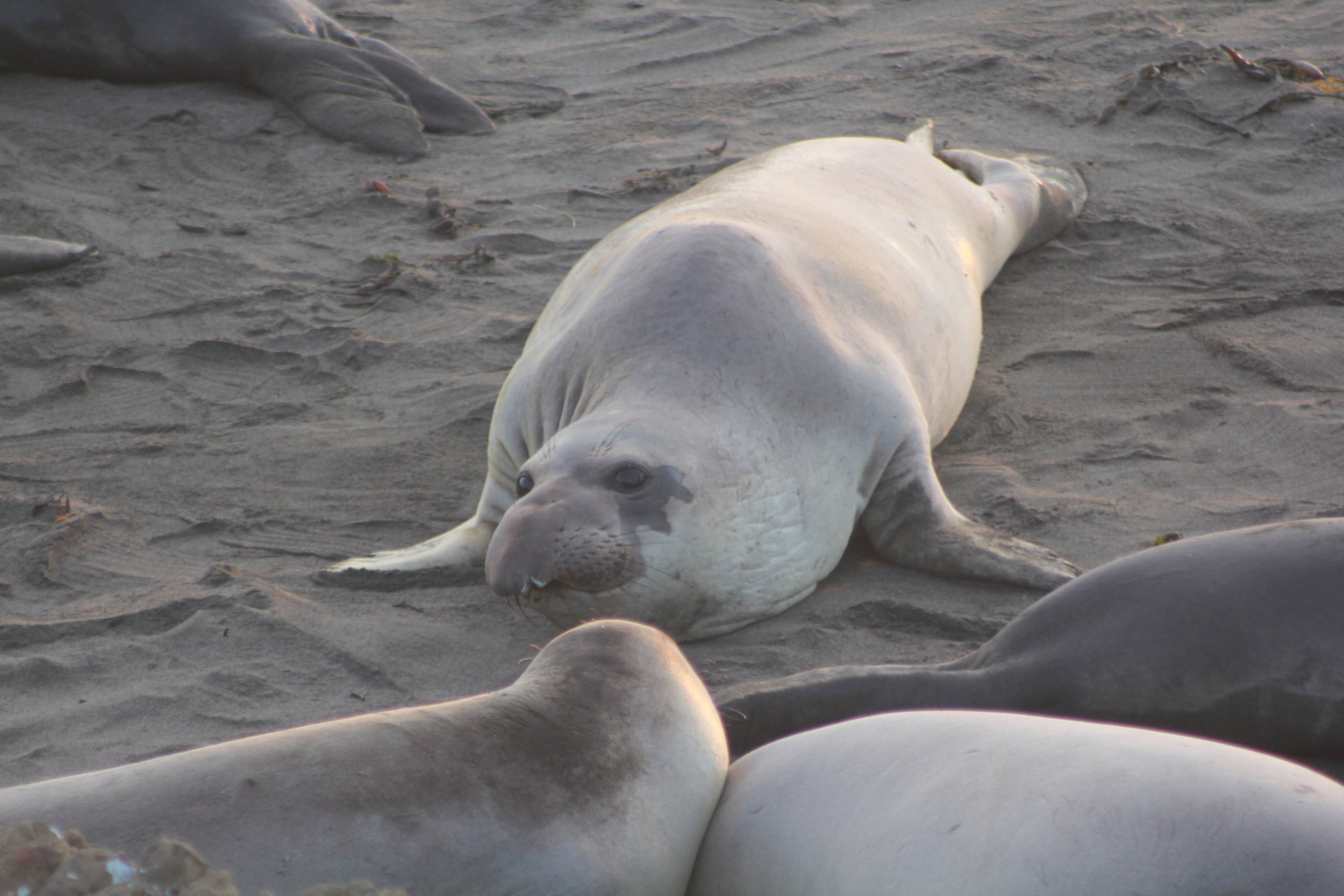 After this we slogged ashore on a muddy bank at about noon. We slung our hammock between two cypress trees and ate a veggie-heavy picnic lunch chased by Dorothy's Hello Kitty jelly beans, which she shared with me. Miraculously, she does love to share. Then it was over the sand dunes to the beach for archery practice on monster heads made of sand. When we returned to our boat the tide had gone out enough that we couldn't paddle back, so I ended up shouldering vessel and gear the last quarter mile back to camp. A small price to pay for our fun.
After this we slogged ashore on a muddy bank at about noon. We slung our hammock between two cypress trees and ate a veggie-heavy picnic lunch chased by Dorothy's Hello Kitty jelly beans, which she shared with me. Miraculously, she does love to share. Then it was over the sand dunes to the beach for archery practice on monster heads made of sand. When we returned to our boat the tide had gone out enough that we couldn't paddle back, so I ended up shouldering vessel and gear the last quarter mile back to camp. A small price to pay for our fun.
And I guess that's the gist of my experience out on the road - things broke, or the tide went out, or they elected a Robocop villain for President, but these things were the least of it all. The riches outweighed them.
Happy Thanksgiving, everybody.







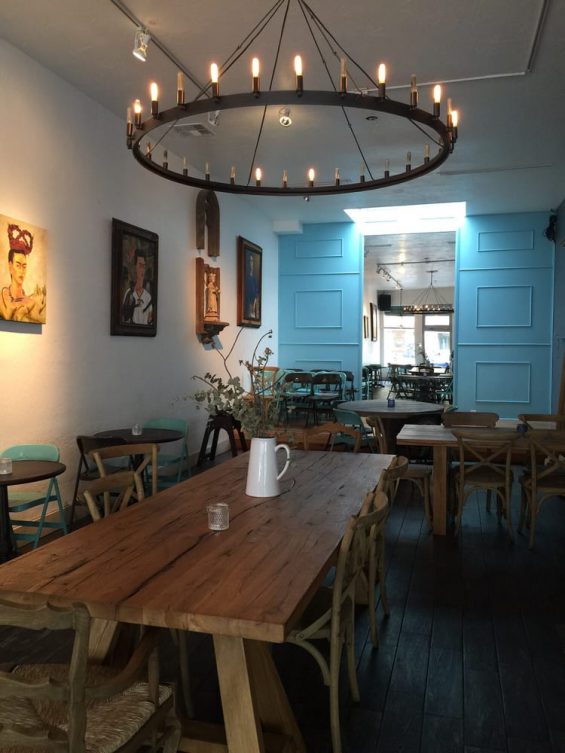 Leaving Berkeley on Tuesday we caught lunch at a great little Taqueria - Casa Latina on San Pablo Ave. Seems to me they're all great once you get deep into California. This one was outfitted with a table for Day of the Dead remembrances: candles, bread loaves, and sugar skulls with names of the deceased spelled out in purple sequins. Dorothy asked if there was an 'Otis' on the table, but there wasn't. We did later see his name on a street sign as we pulled into Santa Cruz. And that's where we found one of the largest Monarch groves on the coast.
Leaving Berkeley on Tuesday we caught lunch at a great little Taqueria - Casa Latina on San Pablo Ave. Seems to me they're all great once you get deep into California. This one was outfitted with a table for Day of the Dead remembrances: candles, bread loaves, and sugar skulls with names of the deceased spelled out in purple sequins. Dorothy asked if there was an 'Otis' on the table, but there wasn't. We did later see his name on a street sign as we pulled into Santa Cruz. And that's where we found one of the largest Monarch groves on the coast.
 No parent ever communicates with the monarchs or guides them in their mission, at least in any way humans understand. We don't know how their navigational intelligence works, but we believe it includes knowledge of the stars, the sun, and the earth's magnetic fields. Whether genetic or mystic, there's a driving command in the monarchs that endures beyond their lifetimes. Maybe that's why native peoples see in them the spirits of their departed. Monarchs bear not only a consciousness that overcomes death, but an unmatched grace and boldness even in their frailty. In spite of my family knowing the butterflies' link to the Day of the Dead, our arrival on that very date to their winter home at Natural Bridges was pure serendipity. We've made no reservations on this trip, planned few plans, and really just let the wind blow us south. We felt that something greater than us had worked to time our arrival. Inside the monarchs' eucalyptus grove Sarah and I could only stare up in silence and watch them. She shed tears for Otis. I held her and thanked God for another moment of awe - never sufficient, but a little healing.
No parent ever communicates with the monarchs or guides them in their mission, at least in any way humans understand. We don't know how their navigational intelligence works, but we believe it includes knowledge of the stars, the sun, and the earth's magnetic fields. Whether genetic or mystic, there's a driving command in the monarchs that endures beyond their lifetimes. Maybe that's why native peoples see in them the spirits of their departed. Monarchs bear not only a consciousness that overcomes death, but an unmatched grace and boldness even in their frailty. In spite of my family knowing the butterflies' link to the Day of the Dead, our arrival on that very date to their winter home at Natural Bridges was pure serendipity. We've made no reservations on this trip, planned few plans, and really just let the wind blow us south. We felt that something greater than us had worked to time our arrival. Inside the monarchs' eucalyptus grove Sarah and I could only stare up in silence and watch them. She shed tears for Otis. I held her and thanked God for another moment of awe - never sufficient, but a little healing.

 Yesterday, in the eucalyptus trees on top of Albany Hill, I saw monarchs. This was in spite of my timing being early for their arrival in this particular part of the Bay. It was a definite high point in my journey to bring The Guidebook to life, and one of many small miracles I've encountered on our trip.
Yesterday, in the eucalyptus trees on top of Albany Hill, I saw monarchs. This was in spite of my timing being early for their arrival in this particular part of the Bay. It was a definite high point in my journey to bring The Guidebook to life, and one of many small miracles I've encountered on our trip. Still, I have to claim a growing bond to these creatures and all the mysteries they embody. Butterflies are a symbol across world cultures for those who've died before their time: Soldiers in war, lovers, and lost children. Mexico's Day of the Dead is rich with monarch iconography. Even Shigeru Mizuki, Japanese master of manga, recounted a spiritual experience with butterflies in his autobio and history of Japan, Showa. A vet of WWII,
Still, I have to claim a growing bond to these creatures and all the mysteries they embody. Butterflies are a symbol across world cultures for those who've died before their time: Soldiers in war, lovers, and lost children. Mexico's Day of the Dead is rich with monarch iconography. Even Shigeru Mizuki, Japanese master of manga, recounted a spiritual experience with butterflies in his autobio and history of Japan, Showa. A vet of WWII,  Mizuki tells in one chapter of his return with war buddies to a South Pacific island and an old battlefield covered with decades-old bones from dozens of Japanese soldiers. After a restless sleep in the jungle, Mizuki and his friends share with each other that they all had the same nightmare: the bones rose to ask them why? Why did they return? How did they deserve to live? Shaken, the men decide to gather all the remains they can find, anoint them with sake, and hold a makeshift funeral. After praying over the bones for a time, they're shocked to see butterflies pour out of the jungle from all directions, then descend to cover the bone pile in a blanket of living color. Were they just attracted to the sake? Were they the movement of spirits? Shigeru asserts the latter. I think I would too.
Mizuki tells in one chapter of his return with war buddies to a South Pacific island and an old battlefield covered with decades-old bones from dozens of Japanese soldiers. After a restless sleep in the jungle, Mizuki and his friends share with each other that they all had the same nightmare: the bones rose to ask them why? Why did they return? How did they deserve to live? Shaken, the men decide to gather all the remains they can find, anoint them with sake, and hold a makeshift funeral. After praying over the bones for a time, they're shocked to see butterflies pour out of the jungle from all directions, then descend to cover the bone pile in a blanket of living color. Were they just attracted to the sake? Were they the movement of spirits? Shigeru asserts the latter. I think I would too.





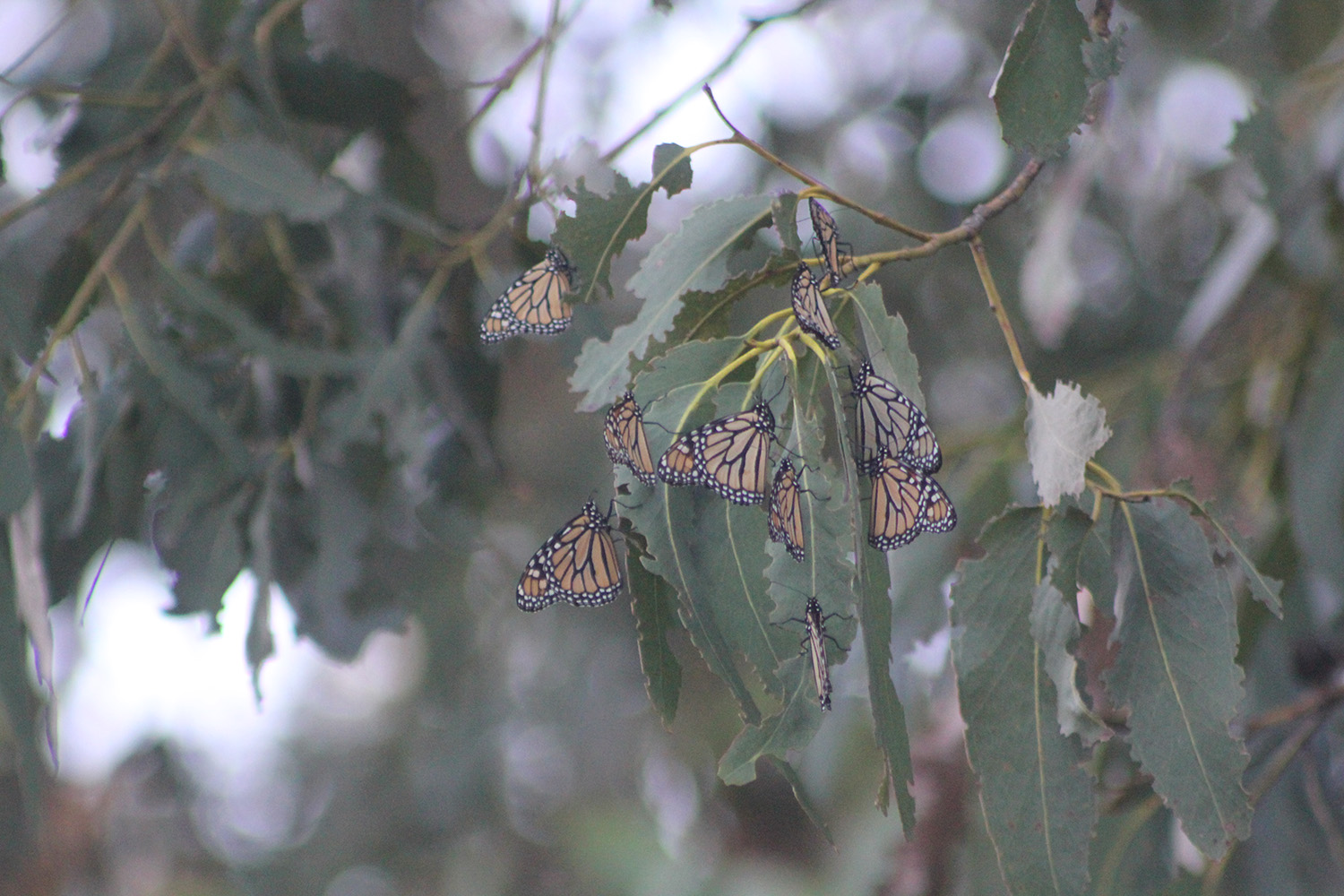
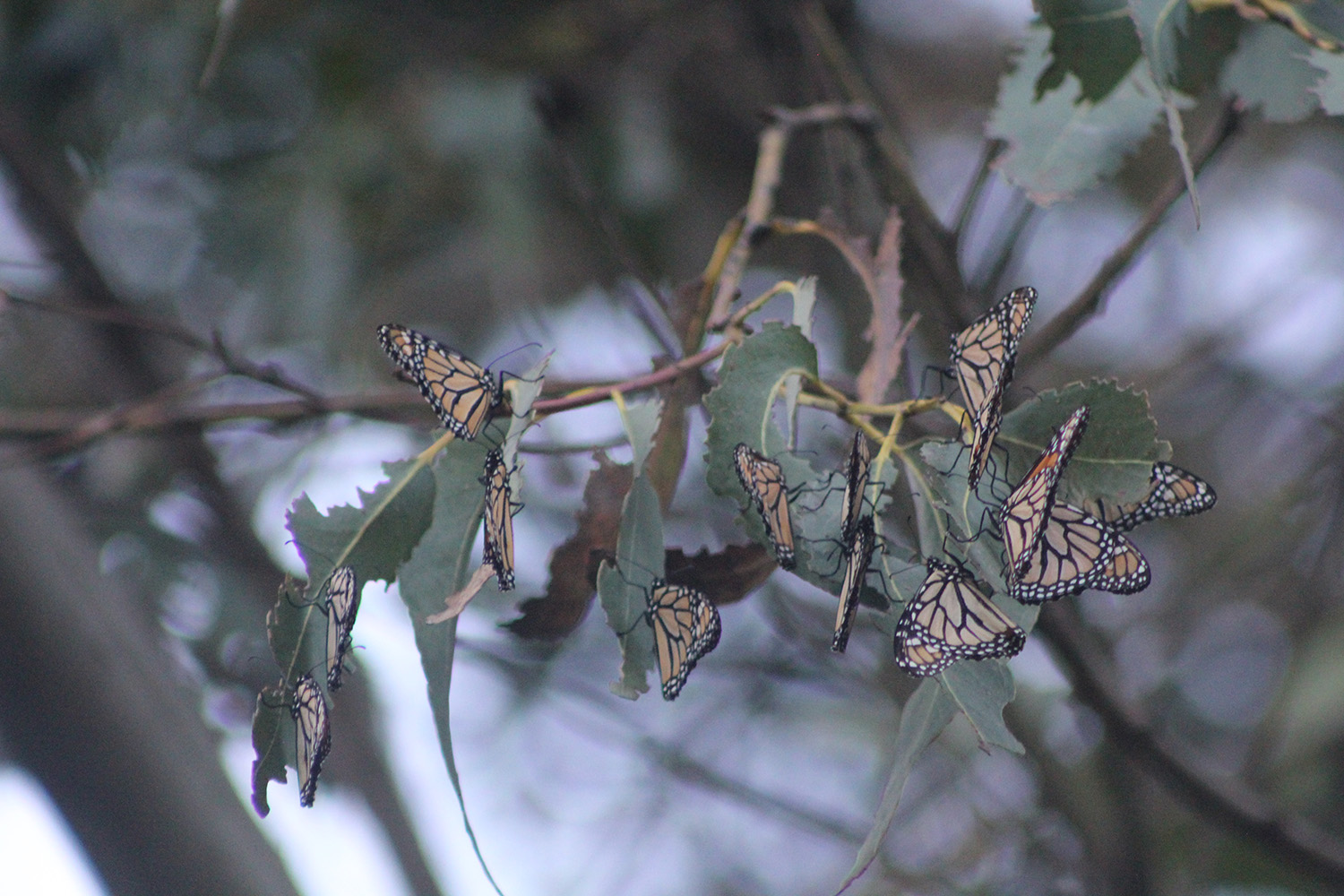


 Today I want to share a very little bit about my next book. As we travel the west coast, dodging raindrops and making memories, I'm also gathering data and reference material for a young readers graphic novel, The Guidebook. Here's a snapshot from my proposal:
Today I want to share a very little bit about my next book. As we travel the west coast, dodging raindrops and making memories, I'm also gathering data and reference material for a young readers graphic novel, The Guidebook. Here's a snapshot from my proposal: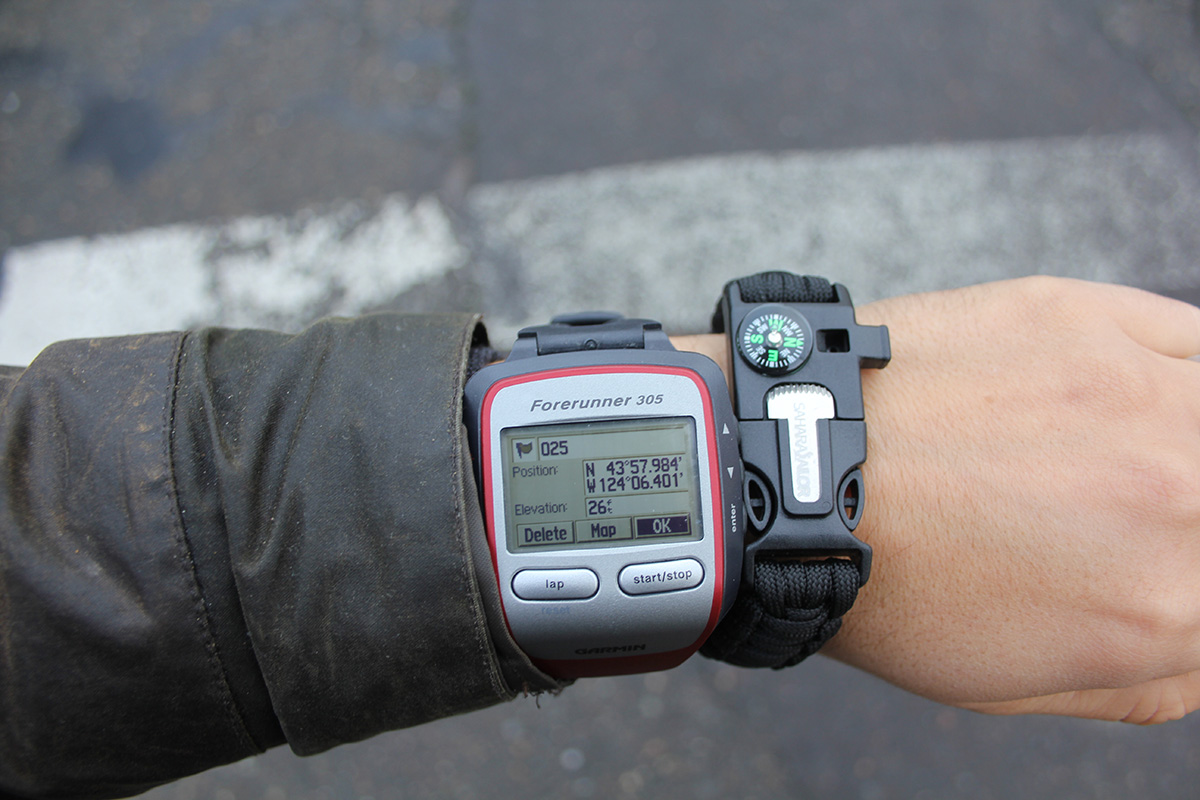


 These are the riches of dad-dom.
These are the riches of dad-dom.

















 Techno-nerd-wise, this was an interesting month. Our neighbors to the north,
Techno-nerd-wise, this was an interesting month. Our neighbors to the north, 




 They did it! After three months of no pen-pressure support in programs like Adobe Photoshop, Painter, and Paint Tool SAI, Microsoft and Wacom have worked out a driver for the Surface Pro that fixes it all. Head over here to snag it:
They did it! After three months of no pen-pressure support in programs like Adobe Photoshop, Painter, and Paint Tool SAI, Microsoft and Wacom have worked out a driver for the Surface Pro that fixes it all. Head over here to snag it:











